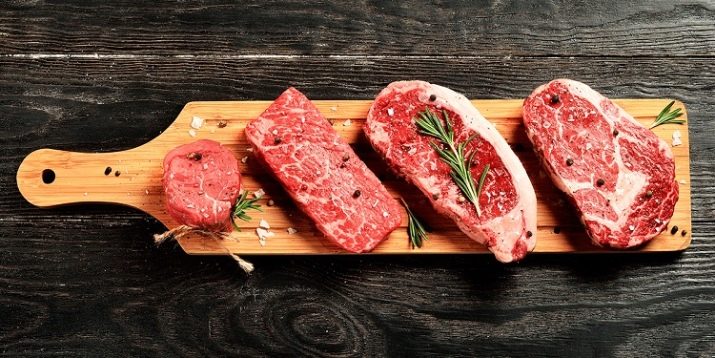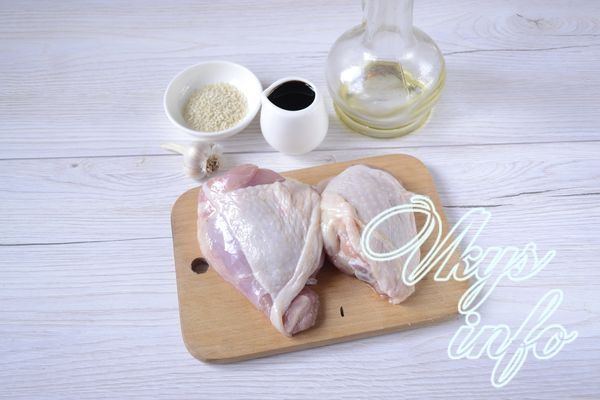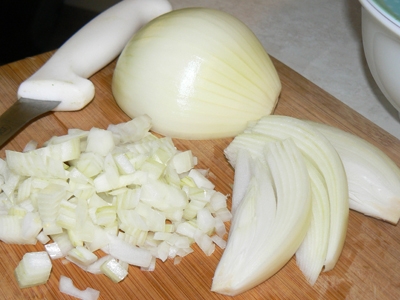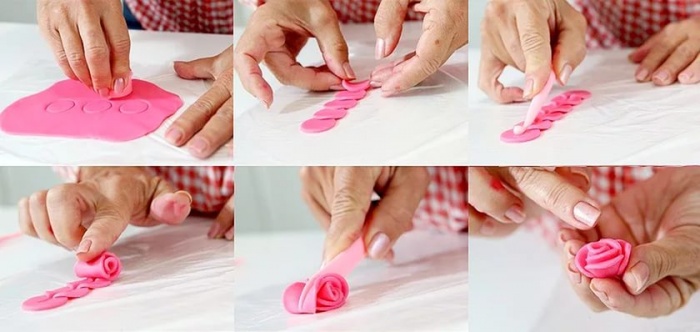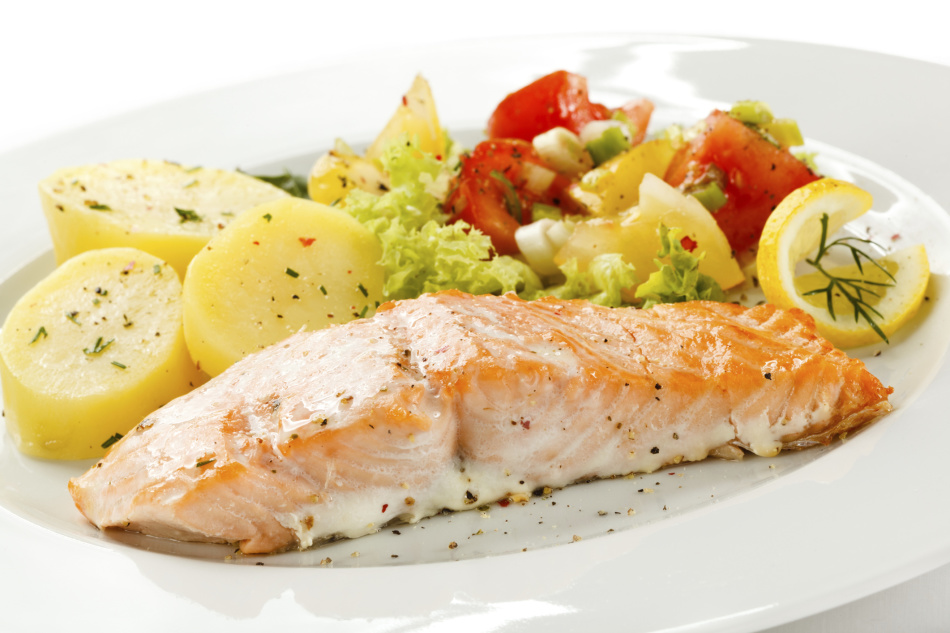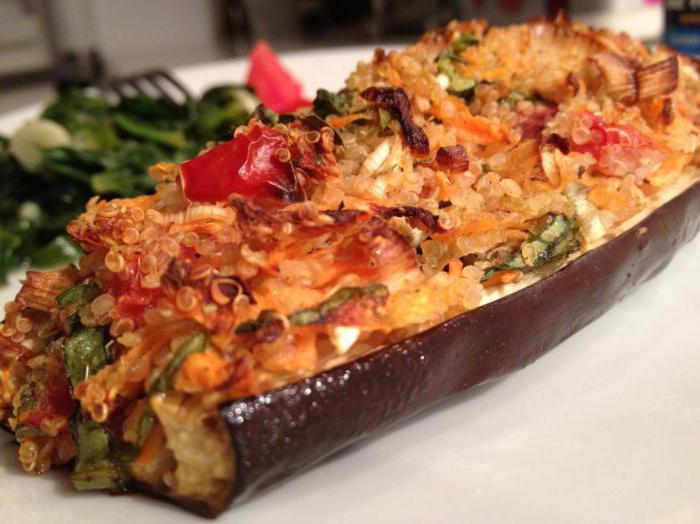How to cook grape compote. Cook grapes compote
Stewed grapes for the winter: cooking methods and popular recipes from the magazine "site"
What can be tastier in winter than a compote of grapes made by yourself? This simple drink is one of the most beloved among the people. Cooking it is so easy that even an inexperienced housewife will surely succeed. On a cold winter evening, taking out a bunch of grapes from a can, you will recall the warm sunny summer. A delicate dessert flavor, rich cherry color and amazing aroma will fill your home with a holiday feeling.
How to cook compote from grapes: tips
Grape compote can be prepared in several ways: individual berries, with branches or whole clusters, with and without sterilization. Delicious compote can be prepared from almost any grape, but it is better to use dark varieties - Isabella, Kishmish, Golubok, Lydia, Moldova. You can even cook compote for the winter from green grapes; for a beautiful color, you can put cherry leaves or slices of red apples in each jar. For a savory taste, cinnamon, lemon peel, vanilla, cardamom, nutmeg, cloves are added to the compote. If desired, homemade preserves can be varied by laying grapes in jars interspersed with peaches, pears, plums, raspberries, apricots, aronia - any seasonal fruits and berries: it will be both tastier and healthier. And for the loyal fans of grapes, we picked up interesting recipes for its harvest in the form of compote for the winter.
Stewed grapes for the winter: recipes
Recipe 1. Grape compote without sterilization
It will take: half or a third of a three-liter can of grapes, water, granulated sugar, citric acid.
Sort the berry clusters. Remove the spoiled and overripe grapes, put in a colander, rinse well under running cold water and leave for a while so that the glass is excess liquid. Then carefully separate each berry and lay on the bottom of a previously washed and sterilized three-liter jar. Boil about 2 liters of water in a saucepan (it all depends on the number of berries in a jar). Cook syrup from water and granulated sugar (calculated as 350-400 g per 1 liter of liquid), pour berries into it, cover the jar with a sterile lid and leave for 15-20 minutes. Then you need to return the syrup, but already without berries, to the pan. The easiest way to do this is to put a capron lid on the jar with holes made in it yourself. Bring the berry syrup to a boil and boil for a couple of minutes, add a pinch of citric acid in the end, pour the grapes a second time, immediately roll the jar with the boiled metal lid, turn it upside down, wrap and leave to cool.
Recipe 2. Sterilized compote of grapes
It will take: a third or half of a three-liter jar of grapes, granulated sugar, citric acid.
As in the previous recipe, the proportions of the ingredients are selected individually. If you want compote to get a richer shade, take more grapes. The amount of sugar can also be adjusted at your discretion. Rinse the grapes, free from the stalks, sterilize the jars in advance. Boil water with sugar. Pour the resulting syrup into the grape cans laid at the very bottom. After that, place the jar in a container with water heated to 60 ° (just put it on a wooden lattice, so that the water in the pan reaches the shoulders of the jar), cover and sterilize for 20 minutes. After this time, immediately roll up the jar with a lid, turn upside down and leave to cool, wrapping a blanket.
Recipe 3. Grape compote with honey (without sterilization)
You will need: 3 kg of grapes, 4-5 stars of cloves, 1.5 kg of honey, 50 ml of natural grape vinegar, 1 coffee spoon of ground cinnamon, 2 three-liter jars, about 3 liters of water.
Rinse the grapes, separate the berries from the stalks and place them in prepared jars. Boil the syrup from water, lemon juice, cinnamon, cloves and honey. If desired, brown sugar or regular white refined sugar can be used instead of honey, and grape vinegar can be replaced with lemon juice. And then everything is as in the previous recipe: the grapes are poured with syrup, allowed to brew, then the liquid is poured through the lid with holes, boiled for two minutes, returned to the jar, rolled up, wrapped in a blanket and allowed to cool.
Recipe 4. White grape compote with apples
You will need: 2 kg of white grapes, 1 lemon, 2 kg of acidic tart apples, 6 glasses of sugar, about 3 liters of water.
Rinse all fruits. Squeeze the juice from the lemon. Remove the core from apples and chop long slices together with peel. To not darken, sprinkle lightly with lemon juice. Carefully remove the grapes from the brushes and dip them in boiling water in a saucepan for 2 minutes, then transfer to a colander and pour over cold water. Put apples and grapes in dry, sterilized jars so that they fill them about halfway. After that, fill the fruit to the edges of the cans with hot syrup boiled from water and granulated sugar. Leave on for 6-7 minutes. Now, as in the previous recipes, you need to return the syrup to the pan again, let it boil, pour it back into the jars to the very top, close it, turn it upside down, wrap it tightly and leave it in this form until it cools completely.
Recipe 5. Compote of grapes in whole clusters
You will need: 4 kg of grapes in brushes, 2 three-liter jars, 2 liters of water, 700 g of sugar.
Rinse the grape brushes in several waters. Remove damaged grapes. Make syrup from water and sugar. Put the bunches in jars, fill with chilled syrup, close tightly and sterilize for 20 minutes at 80º or 10 minutes in boiling water. You can put a pinch of citric acid in each jar, it will guarantee that the jars will not explode, and the compote will give an original, pleasant taste. The taste of the finished drink and the remnants of the twigs will positively affect: their presence in the compote will contribute to the appearance of a tart aftertaste. And in order to make the preparations beautiful, you can pour boiling water over the bunches at the very beginning of cooking: thanks to this simple method, the berries will not burst even after cooking.

- the delicacy is very useful, because it is a natural product, without dyes and preservatives. In summer, it perfectly quenches thirst, and in winter raises the mood with its beautiful pink tint and pleasant sweet taste. Grapes are one of the most healthy berries; its lovers will surely not leave this delicious drink indifferent. Having prepared it at home, you yourself will see for yourself. And the variety of grape varieties will allow you to try a new compote every time - with an original taste and unique aroma. Delicious you homemade preparations!
Nowadays, almost any factory-made drinks can be purchased, but it is very difficult to find high-quality and taste products among them, and grape drinks are not often found at all. Therefore, home-made drinks always enjoy the attention of the family. Homemade compotes are not too troublesome business, while there are a lot of positive aspects. The main thing is natural ingredients, canning without industrial chemistry, the ability to preserve berries and fruits for winter time.
Stewed compote tastes like juice, it is one of the most concentrated and delicious compotes. It is suitable for a festive table and for everyday use. Children love him very much! In the presence of grapes in the garden, harvesting berries in this way is a sign of good taste!
Compote of grapes is cooked according to different recipes, using knowledge of some technological nuances:
- preparing a drink with or without sterilization of cans;
- they put grapes in a jar with separate berries or whole brushes (the branch gives astringency), however, the branches are more often cut off, as dirt or insects can get into them;
- in some cases, the berries are peeled;
- grapes can be an independent ingredient in the drink or in combination with other fruits (plums, apples, pears, apricots, peaches, raspberries and other seasonal fruits);
- compote is cooked from both black and light grape varieties (for saturated color, lay cherry leaves and chokeberry for green berries);
- for the appearance of a spicy taste add cinnamon, cloves, cardamom, vanillin (0.5 teaspoon per 1 kg of berries) or lemon (orange) zest;
- this product is used not only for drinking, but also for the manufacture of jelly, mousse;
- to improve the taste per 1 kg of berries add 30 ml of Madeira or port;
- citric acid is put not only for the appearance of acidity, it makes the color brighter and richer, many put in place of it a slice of lemon;
- almost all varieties of grapes are suitable for making compote - sweet or sour (there is an opinion that it’s not even the variety that matters, but the beauty of a grape twig), from a utilitarian point of view, blue small grapes are best: it is not suitable for food, but for compote perfect! Usually they use varieties that are used to make wines (Isabella, Golubok, Lydia, Kishmish, Moldova).
Some facts:
- regardless of the preservation method, compote is stored all winter at room temperature;
- the average calorie content of this drink is 77 kcal per 100 grams;
- the advantage of compote in relation to juice: juice is a product of direct extraction, can cause allergies, like grapes themselves, compote is a product of “brewing”, it is a softer and more balanced drink.
Cooking recipes
Without canning
 The recipe is simple enough, even a child can cook such a compote.
The recipe is simple enough, even a child can cook such a compote.
Ingredients: 700 gr. grapes, 200 ml sugar, 2 l. water, 2 gr. citric acid (optional).
Working process: Pour water into the pan, put the washed berries in it, bring the compote to a boil, then leave on low heat for half an hour (or boil for 8 minutes, then put to cool). Compote is cooked with the lid closed. As for sugar, options are possible: you can put it during cooking or later, in each mug. If you put sugar immediately and do not drink compote in two days, the drink may deteriorate; lack of sugar slows down this process.
No sterilization
 I. : 1 kg of grapes, 150-200 gr. sugar, 2.5-2.8 liters. water, 2 gr. citric acid.
I. : 1 kg of grapes, 150-200 gr. sugar, 2.5-2.8 liters. water, 2 gr. citric acid.
Working process: grapes are removed from the brush, spoiled berries are removed, washed thoroughly, placed in a sterilized jar. Berries should occupy about half the volume of the can; for a three-liter can, 1/3 is enough.
Then fall asleep with sugar; if the berries are sweet, for a three-liter jar we put 4 tablespoons of sugar and citric acid, if the selected grapes are sour, put 5-6 tablespoons of sugar, and you can not add citric acid.
Pour boiling water over the jar (so that it spills a little over the edge), roll the lids, removing them from boiling water, shake the jar to dissolve the sugar and put the lid down. Usually, banks are “wrapped” before cooling, for example, in a blanket.
II. Option with "double fill".
Three liter jar ingredients: grapes - a third of the capacity (1 kg), a glass of sugar, a teaspoon of citric acid (optional), water - 2.5 liters.
Working process: grapes are cleaned of twigs and spoiled berries, washed, allowed to dry, laid out in sterilized jars.
Then boiling water (syrup) is poured back into the pan and again brought to a boil, adding citric acid; if it was boiling water, then add sugar. For draining, a capron cap with holes is usually used.
Again, pour the syrup into the cans to the very top (so that a little liquid flows out), roll up the boiled metal lids, turn it over, cover it until it cools down.
A third option is possible: sugar is poured after primary sterilization in a jar and poured again with boiled water.
With sterilization
I. During sterilization, the technology used for any household workpieces is preserved (banks are washed and sterilized, lids are boiled).
Three liter jar ingredients: 1 kg of grapes, 150-350 gr. sugar (for an amateur), 2.5 l. water.
Working process: grapes are cleaned of spoiled berries, washed, allowed to drain water. Lay the berries in banks, they occupy a third of the volume.
Water is poured into the pan, sugar is poured, and mixed. After boiling, boil the syrup for 10 minutes, stirring (so as not to burn).
Jars are filled with ready-made syrup, sterilized for 30 minutes, after which they are rolled up with lids. Sterilization is possible in the oven, go in a container of water - at the discretion of the hostess.
In any case, the recipes presented are not the ultimate truth. Each mistress eventually comes to their own ways of cooking the most beautiful and delicious compote. Industrialization of the food industry has led many to abandon home-made food for the winter. Therefore, the ability to preserve at home is priceless today! Stewed compote - it's easy, but in winter - magical!
Grapes - a useful and nutritious berry, it contains glucose, pectin, betacarotene, etc., among other vitamins and minerals. Grapes make delicious jams, jams, compotes. The latter will be discussed - grape compote is a fragrant, but very high-calorie drink, so it is not suitable for those who are losing weight and dieting! To always have grapes in hand, freeze it for the winter in the freezer.
Ingredients

- 300 g of grapes
- 1 liter of hot water
- 100 g granulated sugar
- 2 pinches of citric acid
Cooking
 1. Choose grapes ripe and juicy, you can cook compote from any variety of these berries: dark, pink, white, etc. Remove the berries from the bunch in a deep bowl and rinse them in water, removing spoiled and damaged ones. Then pour them into a stewpan or pan, in which you are going to cook compote.
1. Choose grapes ripe and juicy, you can cook compote from any variety of these berries: dark, pink, white, etc. Remove the berries from the bunch in a deep bowl and rinse them in water, removing spoiled and damaged ones. Then pour them into a stewpan or pan, in which you are going to cook compote.
 2. Pour granulated sugar and a pinch of citric acid - it levels the sweetness of the grapes and the drink will turn out to be moderately sweet and aromatic. Pour hot water into the container and place it on the stove. Bring to a boil and reduce the heat to a minimum, boiling the compote for 10-15 minutes. More time for heat treatment is not necessary, otherwise the drink will lose some of its vitamins and minerals.
2. Pour granulated sugar and a pinch of citric acid - it levels the sweetness of the grapes and the drink will turn out to be moderately sweet and aromatic. Pour hot water into the container and place it on the stove. Bring to a boil and reduce the heat to a minimum, boiling the compote for 10-15 minutes. More time for heat treatment is not necessary, otherwise the drink will lose some of its vitamins and minerals.
 3. As soon as the grape berries sink to the bottom - the compote is completely ready. You can serve it hot by pouring it into cups or glasses, or you can cool it on a balcony or in a basin with cold water for 20-30 minutes, serving it cold.
3. As soon as the grape berries sink to the bottom - the compote is completely ready. You can serve it hot by pouring it into cups or glasses, or you can cool it on a balcony or in a basin with cold water for 20-30 minutes, serving it cold.
